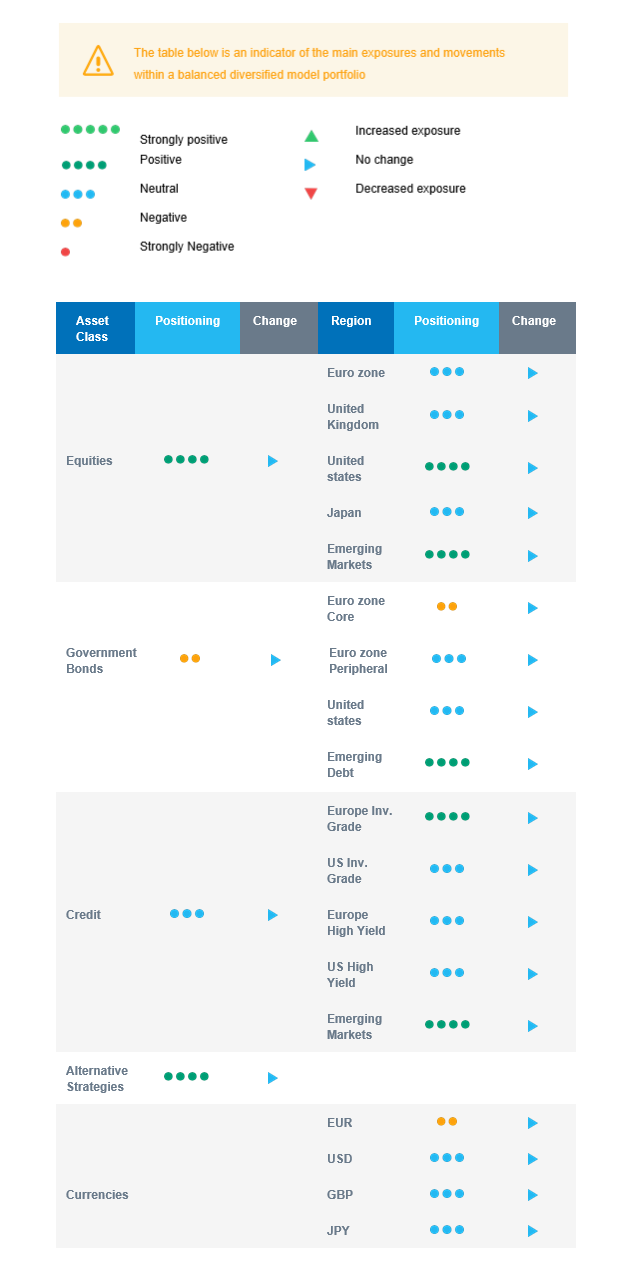Last week in a nutshell
- The Chinese economy expanded by 3% in 2022, above market estimates of a 2.7% rise as the December data were stronger-than-expected.
- The Bank of Japan maintained its policy unchanged at the penultimate Monetary Policy Meeting of Governor Kuroda, whose term ends on April 8th
- A handful of big banks kicked off the Q4 earnings season. Strong net interest earnings helped offset the expected weakness in investment banking. Guidance remained key.
- The World Economic Forum's meeting in Davos, ended, highlighting the changing globalisation. The peak in international trade was recorded in 2008.
What’s next?
- The Chinese New Year celebration starts. The event is a highlight in the domestic economy, with mass travels and a consumption boost, as the Covid-19 restrictions have been lifted.
- Global economic growth remains in focus with the publication of global flash PMI, which, will keep track of the situation in manufacturing and services activities.
- The prices for US core personal consumption expenditures (PCE) is expected to be released, giving us a final hint at what the US Federal Reserve Bank’s FOMC might decide on February 1st.
- A series of business confidence indicators in major euro zone countries stemming from the French INSEE, the German IFO and the Italian ISAE will help estimate the impact of the energy prices fall.
Investment convictions
Core scenario
- Our current economic scenario encompasses a deceleration in inflation and in economic growth, via a soft landing of the US economy in 2023. By the same token, we do not see a lower market low than the one seen last October.
- We see equity markets moving within a broad range: limited to the upside by the actions of central banks, which will ensure that financial conditions do not ease too quickly if the economy is holding up well and supported by a faster monetary policy pivot if the economy is too hard hit. Hence, we have a constructive positioning - i.e., overweight equities - but with a controlled risk budget.
- We expect emerging market and US assets to outperform as valuation has become more attractive while Asia keeps superior long-term growth prospects vs. developed markets, given that China’s re-opening is rather quick.
- The likelihood of the euro zone growth being severely hit by the natural gas crisis has decreased thanks to warm weather. As labour market and consumption are holding up, we expect European assets to show resilience.
- Regarding bonds, the carry that was reconstituted by the rise in yields in 2022 looks attractive. The deceleration in inflation should lead to a drop in volatility on bonds, allowing for an easing of volatility on other asset classes.
- Central banks are slowing the pace in monetary tightening, aiming for a final target rate to be reached in 2023. As inflation expectations continue to decline and bottlenecks are easing, the focus is shifting towards growth while maintaining financial stability.
- In this environment, we expect the positive correlation between equities and bonds to decline and Alternative investments to perform well.
Risks
- Among the upside risks, the Chinese re-opening is good news for the domestic and global growth as long as there is no global inflation spill over via a resurgence of commodity prices in the context of constrained supply.
- Further, unseasonably warm temperatures have recently pushed natural gas prices lower, mitigating the negative impact of the energy crisis.
- Downside risks would be a monetary policy error via over-tightening in the US or in the euro zone.
- Overall, inflation declines and a rise in growth at some point in 2023 is limiting the market downside. But we know that the central banks anti-inflation stance is also capping the upside potential for risky assets.
Cross asset strategy
- Our multi-asset strategy has remained constructive and overweight equities on attractive price levels since October. It is nimble and can be adapted quickly. Further, we currently have few strong regional convictions:
- Neutral euro zone equities, keeping the exposure.
- Neutral UK equities, diversified sector composition and global exposure.
- Overweight US equities, as our soft-landing scenario is unfolding.
- Overweight Emerging markets, as valuation has become attractive and there is room for a catch-up vs. developed markets.
- Neutral Japanese equities, as accommodative central bank, and cyclical sector exposure usually act as opposite forces for investor attractiveness.
- Positive on sectors, such as healthcare, consumer staples and the less cyclical segments of the technology sector.
- Positive on some commodities, including gold.
- In the fixed income universe, we have a slight short duration positioning via core Europe.
- We continue to diversify into European investment grade credit and source the carry via emerging debt and global high yield debt.
- In our long-term thematics and trends allocation: We favour investment themes linked to the energy transition and keep Health Care, Tech and Innovation in our long-term convictions.
- In our currency strategy, we diversify outside the euro zone and are long CAD.
Our Positioning
Our current positioning is overweight equities with a preference for Emerging markets and the US, followed by European markets. On the fixed income side, we keep a slight short portfolio duration via EU core bonds. We have a constructive view on credit, including high yield. The latter looks attractive with a sufficient buffer for defaults. We remain allocated to commodity currencies via the CAD.

